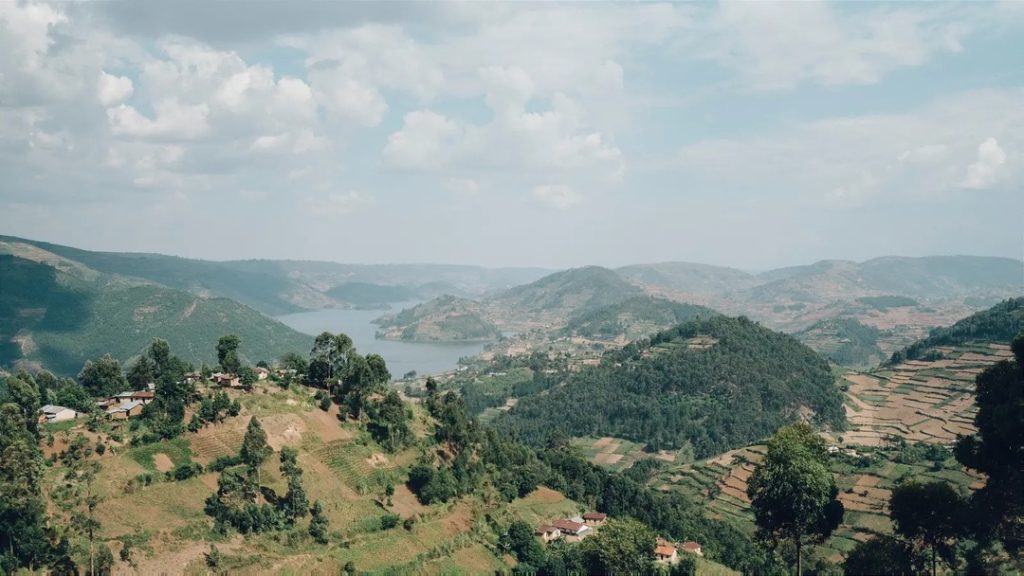The theme of this year’s Earth Day was “Invest in our planet”. This day was an excellent opportunity to raise awareness and advocate for change around the issues most impacting our planet and celebrate the beauty of Mother Earth. It’s important that we confront the realities of the problems we’re up against. The 2030 Agenda for Sustainable Development, adopted by all United Nations member states in 2015, provides a shared blueprint for peace and prosperity for people and the planet, now and into the future.
The Sustainable Development Goals
At its heart are the 17 Sustainable Development Goals (SDGs), which are an urgent call for action by all countries – developed and developing – global partnership. They recognize that ending poverty and other deprivations must go hand in hand with strategies that improve health and education, reduce inequality, and spur economic growth – all while tackling climate change and working to preserve our oceans and forests.
Sustainable Development Goal 15 advocates protecting, restoring and promoting the sustainable use of terrestrial ecosystems, sustainably managing forests, combating desertification, and halting and reversing land degradation and halting biodiversity loss. In order to mitigate this, Uganda has prioritized forest restoration as envisaged in existing targets provided in Vision 2040, subsequent National Development Plans (I & II), and the National Forestry Plan (2011/12-2021/22), in which the national target is to restore forest cover to 24% (1990 levels). In regard to the National Forestry and Tree Planting Act 2003, it advocates for practicing afforestation and re-afforestation practices for degraded forest resources.
Causes of deforestation in Uganda
Uganda’s forests have been depleted due to subsistence agriculture, charcoal production and poverty. We need to employ local communities to plant, protect, manage, and monitor reforestation on large 1000 ha+ plots of private land that have been leased for restoration purposes from the National Forestry Authority, using a combination of native species for rewilding, intercropping to address food security, and supporting community agroforestry to reduce pressure on existing forests and project future forests. Agro-forestry practices provide importance to the community, among which are the provision of food to homesteads, fodder for livestock, combating climate change through carbon dioxide sequestration and environment conservation.
Read more by clicking this link

